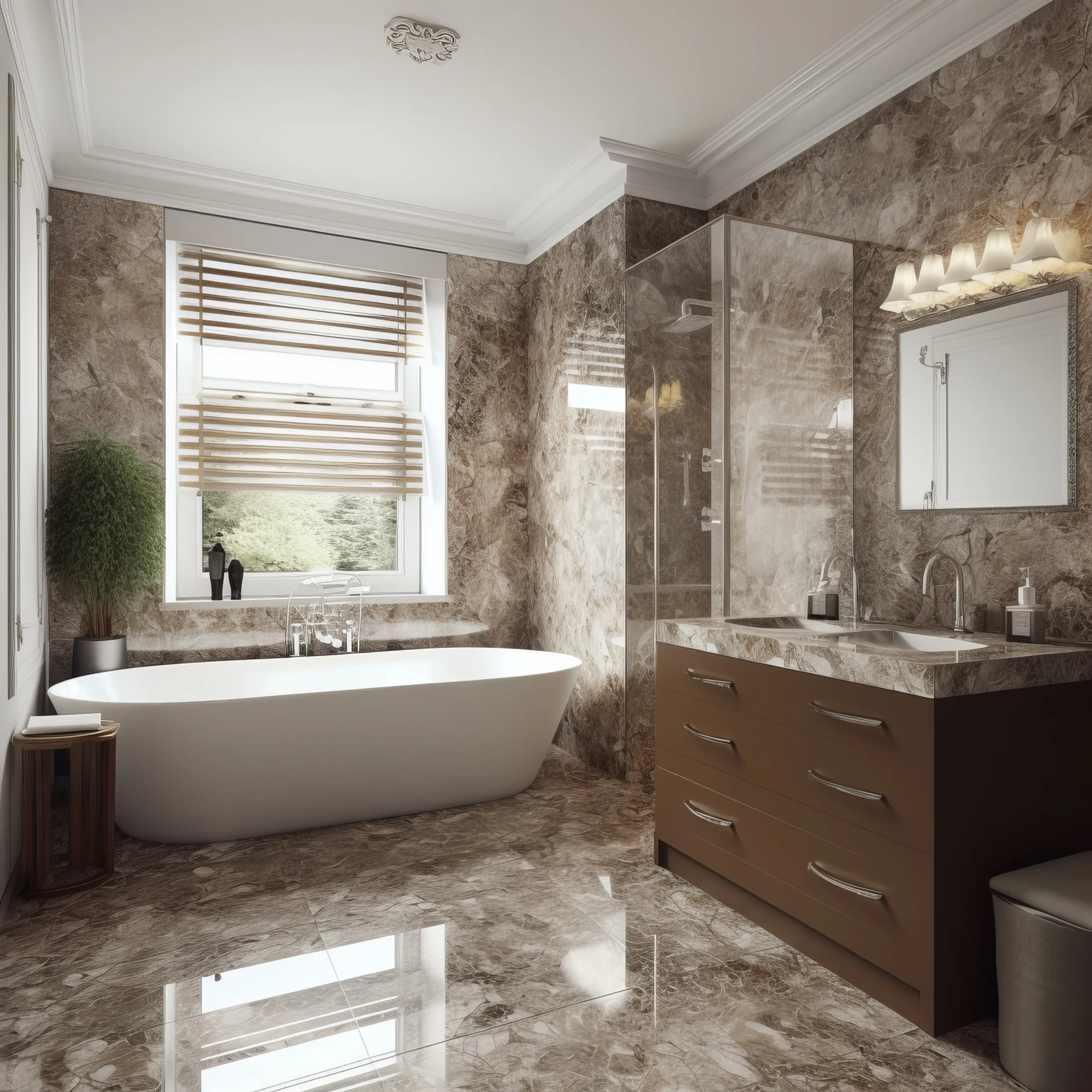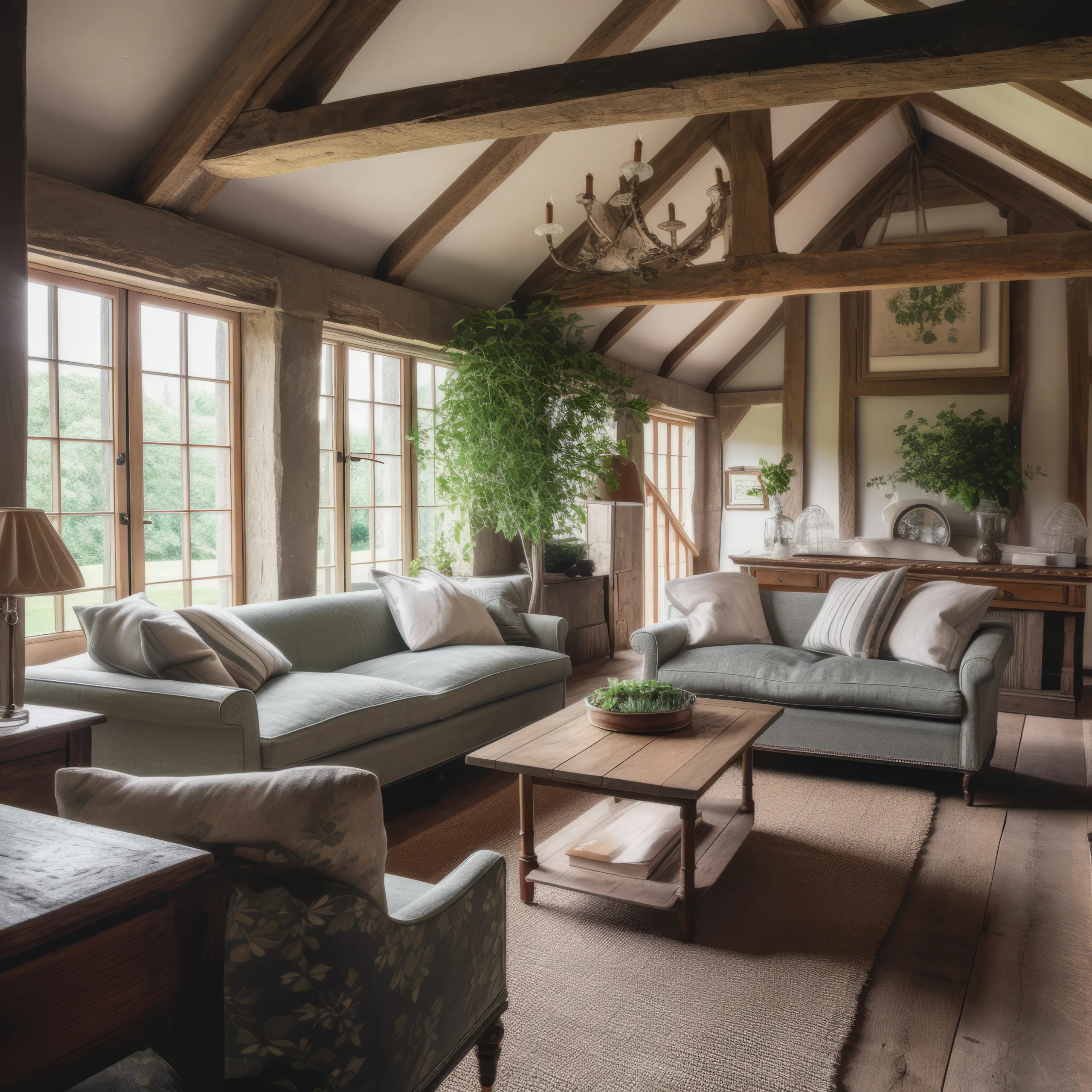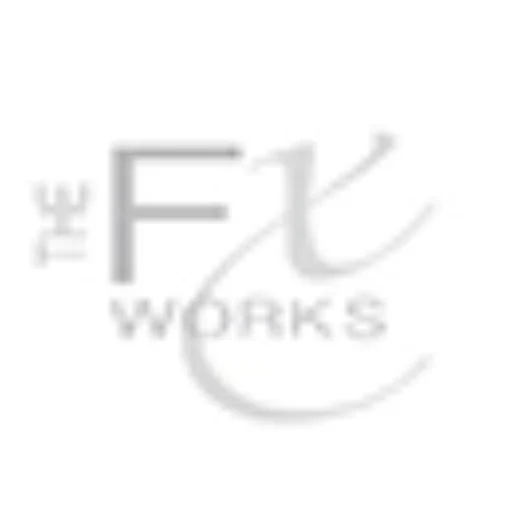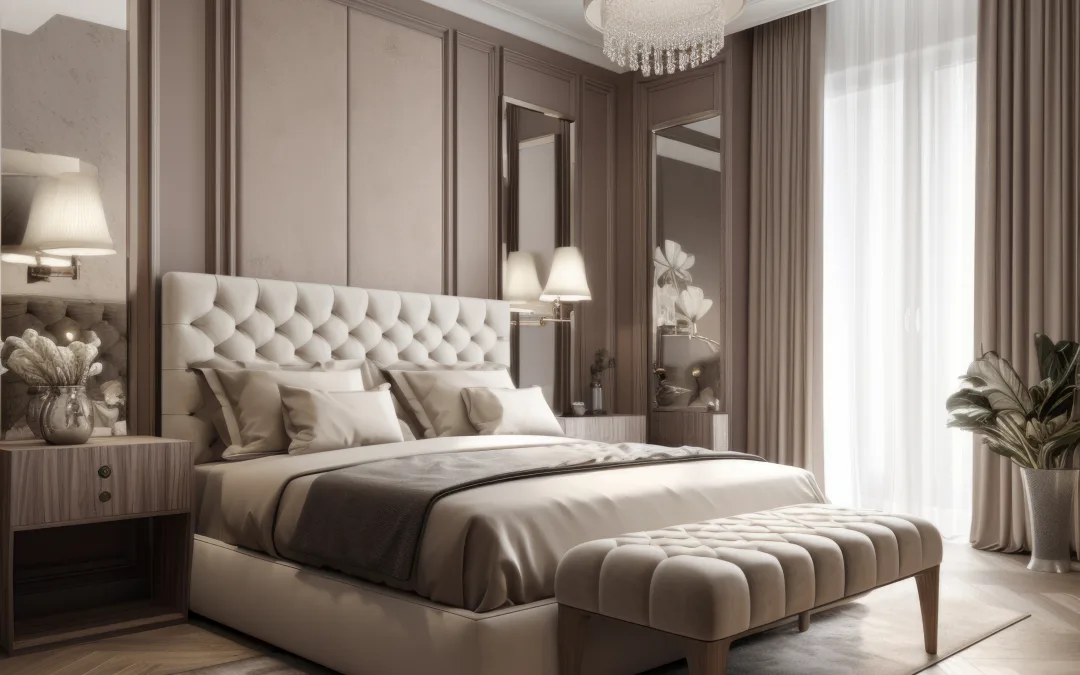Lets set the scene on Real Estate Photography
Real estate photography is an essential aspect of the real estate industry that provides potential buyers with a visual representation of a house or property. High-quality real estate photographs are crucial when shooting real estate, as they showcase the property’s best features and accurately represent the home. Real estate photos can be used for virtual tours, marketing materials, and portfolio websites.
When shooting real estate pictures, it’s important to keep in mind the purpose of the images. The goal is to create stunning visuals that highlight the unique selling points of each house or property. A well-executed real estate photography shoot can make all the difference in selling a house quickly and for the right price.
Real estate photography involves capturing images of houses and properties from various angles and perspectives. Photographers often use wide-angle lenses to capture more of the room in one shot, making it easier for potential buyers to visualize themselves living there. They also use natural light whenever possible to create bright, inviting spaces.
To start real estate photography, you’ll need a good camera with manual settings and a wide-angle lens. You should also invest in a tripod to keep your shots steady and avoid blurry images. It’s important to take time to prepare each space before taking photos by decluttering, cleaning up any messes, and staging furniture in an appealing way.
Examples of good real estate images can be found on many industry websites providing valuable info for both photographers and real estate professionals. These examples can help guide you on how to take great pictures that will showcase your skills as a photographer while highlighting the unique features of each property.
Getting into Real Estate Photography: A Guide for Beginners
Complete Guide to Getting into Real Estate Photography
Tips and Tricks for Beginners
Real estate photography is a lucrative business that requires skill, knowledge, and dedication. As a beginner, you need to learn the basics of real estate photography before you can start your career. Here are some tips and tricks to help you improve your skills:
Use a tripod: A tripod is essential in real estate photography because it helps stabilize the camera and reduces camera shake. This results in sharper images with better clarity.
Choose the right lens: The lens you choose will depend on the type of property you are photographing. Wide-angle lenses are ideal for smaller spaces while telephoto lenses work best for larger properties.
Use natural light: Natural light is ideal for real estate photography because it creates a warm and inviting atmosphere. Try to schedule your photo shoots during the day when there is plenty of natural light.
Edit your photos: Editing your photos can make a big difference in their quality. You don’t need expensive software to edit your photos; free options like GIMP or Canva can do the job just fine.
Practice, practice, practice: The more you practice, the better you will become at real estate photography. Take as many photos as possible and experiment with different techniques until you find what works best for you.
Utilizing Referral Links
One way to find potential clients for your real estate photography business is by utilizing referral links from other professionals in the industry such as realtors or interior designers who may recommend your services to their clients.
To get started with referral links:
Identify potential partners: Reach out to local realtors or interior designers who may be interested in partnering with you.
Offer incentives: Offer incentives such as discounts or free services to encourage them to refer their clients to you.
Follow up: After receiving referrals, follow up promptly with potential clients to secure their business.
Understanding the Importance of Equipment and Software
To succeed in real estate photography, you need to invest in the right equipment and software. Here are some essentials:
Camera: A good camera is essential for taking high-quality photos. Consider investing in a DSLR or mirrorless camera with a wide-angle lens.
Tripod: As mentioned earlier, a tripod is essential for stabilizing your camera and reducing camera shake.
Editing software: You don’t need expensive editing software to edit your photos; free options like GIMP or Canva can do the job just fine.
Lighting equipment: While natural light is ideal, sometimes additional lighting equipment such as flashes or reflectors may be necessary to achieve optimal results.
Key Camera Equipment for Real Estate Photography
High-quality Camera is Essential for Real Estate Photography
Real estate photography is an essential part of the real estate industry as it helps in showcasing properties to potential buyers. A high-quality camera is crucial for capturing stunning images that will attract buyers. The camera should have a high resolution and be able to capture sharp, clear images. It’s recommended to use a DSLR or mirrorless camera with at least 24 megapixels.
In addition to resolution, other features such as autofocus, image stabilization, and low-light performance are also important when choosing a camera for real estate photography. Autofocus helps in capturing sharp images while image stabilization ensures that your shots are not blurry due to shaky hands. Low-light performance is important because many properties may not have sufficient lighting.
It’s crucial to invest in a high-quality camera because it will produce better results than using a smartphone or point-and-shoot camera. A professional-grade camera will allow you to take full control of your settings, resulting in more creative and visually appealing shots.
Wide-angle Lens is a Must-have Equipment for Capturing the Entire Room
A wide-angle lens is an essential piece of equipment for real estate photography because it allows you to capture the entire room in one shot. This type of lens has a shorter focal length than normal lenses, allowing you to see more of the scene without having to step back too far.
The most commonly used wide-angle lens for real estate photography is the 16-35mm lens. This lens provides excellent coverage and can capture both small and large rooms effectively. However, there are other options available depending on your budget and preferences.
When using a wide-angle lens, it’s important not to overdo it as this can result in distorted images. Use the lens appropriately by standing at different angles from different corners of the room until you find the best position which captures everything without distortion.
Tripod Helps Keep Camera Steady and Avoid Blurry Images
A tripod is an essential piece of equipment for real estate photography as it helps keep the camera steady and avoid blurry images. A tripod will also help you take sharper photos in low-light situations, which is often common in real estate photography.
When using a tripod, make sure that it’s sturdy enough to hold your camera and lens securely. It’s recommended to use a heavy-duty tripod with adjustable legs so that you can adjust the height according to your needs.
Remote Shutter Release Allows Photographer to Take Photos Without Touching Camera
A remote shutter release is another important accessory for real estate photography. It allows the photographer to take photos without touching the camera, which reduces the risk of camera shake and results in sharper images.
There are two types of remote shutter releases: wired and wireless. Wired remote shutter releases connect directly to your camera while wireless ones connect via Bluetooth or Wi-Fi. Both options work well, but wireless ones offer more flexibility as they can be used from a distance.
External Flash or Lighting Equipment Can Help Brighten Up Dimly Lit Rooms
Lastly, external flash or lighting equipment can help brighten up dimly lit rooms when natural light isn’t sufficient. External flashes are especially useful when photographing interiors because they allow you to control the direction and intensity of light.
When using external flash or lighting equipment, it’s important not to overdo it as this can result in harsh shadows and unnatural-looking images. Experiment with different angles until you find the best position that produces natural-looking shots.
Creating a Shot List for Each Property
Shot List: A Crucial Tool for Real Estate Photographers
Organizing a real estate photo shoot can be overwhelming, especially when dealing with multiple properties. Creating a shot list is an essential tool that helps photographers stay organized and efficient during the shoot. A shot list is a detailed list of all the necessary shots that need to be taken for each property. In this section, we will discuss why creating a shot list is important and what details should be included in it.
Why Create a Shot List?
Creating a shot list ensures that you capture all the necessary shots for each property, eliminating the risk of missing any critical elements. It also saves time by keeping photographers on track during the shoot. With so many different angles and features to capture, it’s easy to get sidetracked without a clear plan in place. By having a shot list handy, photographers can work through each item systematically, ensuring they don’t miss anything.
What Details Should Be Included in the Shot List?
A good shot list should include all relevant details about the property being photographed. This includes information such as how many rooms are in the house or apartment, unique features like fireplaces or swimming pools, and any specific requests from clients. The more specific your shot list is, the more efficient you’ll be during your photo shoot.
For example, if you’re photographing an apartment complex with multiple units, you’ll want to create separate lists for each unit type (e.g., one-bedroom vs two-bedroom). This way, you can ensure that every unit gets photographed correctly without wasting time going back and forth between them.
It’s also essential to review and update your shot list regularly to ensure it remains relevant and up-to-date for each property. As properties change over time (e.g., renovations), so too will your photography needs.
Choosing the Best Perspective and Lens for Real Estate Photography
Perspective is one of the most important aspects of real estate photography. Choosing the right perspective can make all the difference in how a property is perceived by potential buyers. It’s essential to capture images that are both accurate and visually appealing, and this requires careful consideration of lens choice and perspective.
Correcting Perspective Distortion
One common problem with real estate photography is perspective distortion. This occurs when vertical lines in an image appear to converge towards a vanishing point. This can be particularly problematic when photographing tall buildings or rooms with high ceilings. Fortunately, there are ways to correct this distortion through the use of appropriate lenses.
Shift Lenses
Shift lenses are ideal for correcting perspective distortion while maintaining a natural look. These lenses allow you to shift the lens up or down, left or right, without tilting it. This means that you can keep your camera level while adjusting the composition of your shot. Shift lenses are particularly useful for photographing tall buildings or interiors with high ceilings.

Wide-Angle Lenses
Wide-angle lenses are commonly used in real estate photography to capture a larger view of the property’s front. They can also be used to create dramatic and dynamic shots that highlight specific features of a property, such as a sweeping staircase or an impressive fireplace. However, it’s important not to overuse wide-angle lenses as they can distort objects at the edges of your frame.
Focal Lengths
The focal length you choose will also affect your perspective and composition. Shorter focal lengths (around 24mm) will give you a wider angle of view, while longer focal lengths (around 50mm) will provide less distortion and more compression. It’s important to experiment with different focal lengths to find what works best for each individual shot.
Camera Settings
When shooting real estate photography, it’s important to use appropriate camera settings that will enhance your images’ quality. Use a low ISO setting (around 100-400) to reduce noise and ensure sharpness. Shoot in aperture priority mode with an aperture of around f/8-f/11 for maximum depth of field. Finally, use a tripod to keep your camera steady and avoid any unwanted blur.
Shooting at the Right Height, Time, and Lighting Conditions
Shooting real estate photography requires an understanding of proper lighting techniques to capture the best shots. The right lighting can make or break a photo, which is why it’s important to know how to shoot at the right height, time, and lighting conditions.
Shooting Exterior Shots During Golden Hour
One of the most important factors in real estate photography is natural light. Shooting exterior shots during golden hour provides the best natural light for real estate photography. This time occurs just after sunrise or just before sunset when the sun is low on the horizon and produces soft, warm tones that flatter any property. It’s essential to take advantage of this window of opportunity as it only lasts for about 30 minutes.
Adjusting Camera Height
Using a tripod and adjusting camera height can help capture the right angles and perspectives for interior shots. A tripod keeps your camera steady while you adjust its height to get different angles and perspectives. By changing your camera’s height, you can create unique compositions that highlight different aspects of a room or property.
Enhancing Ambient Light with Techniques
Techniques such as using light stands and window light can enhance ambient light in a room for better quality shots. Light stands allow you to position lights where they’re needed most without having to hold them manually. Window light also provides excellent natural light that can be used in conjunction with artificial lights for a more balanced look.
Avoiding Camera Flash
Avoid using camera flash as it can create harsh shadows and unnatural lighting in real estate photography. Instead, use ambient or artificial lighting sources like lamps or ceiling lights to achieve a more balanced look.
Adjusting Shutter Speeds
Adjusting shutter speeds and experimenting with different light sources can help achieve the right lighting conditions for real estate photography. Shutter speed controls how long your camera’s sensor is exposed to light; slower shutter speeds let more light in while faster ones let less light in. By experimenting with different shutter speeds, you can capture the right amount of light for each shot.
Composition Tips for Impressive Interior Photography

Use Leading Lines to Draw the Viewer’s Eye Towards the Focal Point of the Interior Shot
One of the most important composition tips for interior photography is to use leading lines. Leading lines are visual elements that draw the viewer’s eye towards a specific point in the image. In interior photography, you can use furniture, architectural features, and other elements in the room as leading lines.
For example, if you’re photographing a living room with a fireplace, you can position yourself so that the fireplace acts as a leading line towards the focal point of the shot. You could also use a rug or hallway to lead towards another part of the room or another room entirely.
Experiment with Different Angles and Perspectives to Capture The Best Features Of The Interiors
Another tip for impressive interior photography is to experiment with different angles and perspectives. Don’t just take photos from eye level; try shooting from different heights and positions. For instance, crouch down low for dramatic shots that make ceilings look taller than they really are.
You should also try shooting from multiple vantage points within each room to capture all its best features. For example, if you’re photographing a kitchen, take pictures from various angles like overhead shots of countertops or close-ups of appliances.
Take Advantage Of Natural And Interior Lights To Create A Warm And Inviting Atmosphere In The Room
Lighting is one of the most crucial aspects of real estate photography. lighting plays an even more significant role in creating mood and ambiance in your images.
Natural light is ideal for capturing bright and airy interiors while artificial lights such as lamps can create warm and cozy atmospheres. Be sure to turn off any harsh overhead lights that might cast unflattering shadows on your subject matter.
Pay Attention To Details Such As Clutter, Symmetry And Balance To Ensure That The Room Looks Visually Appealing In The Final Shot
The final tip for impressive interior photography is to pay attention to details. Clutter, symmetry, and balance are all elements that can make or break a photograph.
Before taking any photos, take the time to declutter the room and remove any distracting objects. You should also ensure that furniture is arranged symmetrically and in a balanced way.
Editing Real Estate Photos in Lightroom: Emphasizing Best Features
Adjusting Exposure, Contrast, and Saturation
Real estate photos are essential to selling a property. They are the first impression potential buyers have of a property before they even step foot inside. Therefore, it is crucial to make sure that these photos emphasize the best features of the property. This is where Lightroom comes in.
Lightroom is a powerful tool for editing real estate photos. By adjusting exposure, contrast, and saturation, you can bring out the selling points of a property and make it more attractive to potential buyers. For example, if a room appears too dark in the original photo, you can adjust the exposure to brighten it up and reveal its true colors.
In addition to this, you can also adjust contrast and saturation levels. Increasing contrast will make your images appear sharper while increasing saturation will make colors pop out more vibrantly. By using these features effectively in Lightroom, you can create stunning images that showcase every aspect of your property.
Correcting Lens Distortion and Perspective Issues
Another benefit of using Lightroom for real estate photography is its ability to correct lens distortion and perspective issues. These issues often occur when shooting with wide-angle lenses or from certain angles that cause straight lines to appear curved or skewed.
Lightroom has built-in tools that allow you to correct these problems easily without distorting other parts of the image. You can straighten walls or floors that appear crooked or fix any distortion caused by shooting at an angle.
Expensive Modifications Virtually
With Lightroom’s advanced editing tools, you can even make expensive modifications virtually without having to spend money on physical changes such as removing clutter or adding furniture. For instance, if there’s too much clutter around the house during photography sessions – which could be distracting – Lightroom’s cloning tool allows you to remove them seamlessly.
You can also add virtual furniture like chairs or tables into empty rooms using Lightroom’s 3D modeling feature so that potential buyers can visualize how the space will look when furnished. This is a great way to help buyers see the full potential of the property without actually having to make any physical changes.
Pricing Strategies for Real Estate Photographers: How Much to Charge?
Real estate photography pricing can be a bit tricky to navigate. It’s important to find the right balance between charging enough to make a profit and keeping your prices competitive. In this section, we’ll explore some of the different pricing strategies for real estate photographers and how much you should charge for your services.
Pricing Strategies
There are several pricing strategies that real estate photographers use. Some photographers charge an hourly rate, while others charge per project or per image. Hourly rates can range from £50 to £200 depending on location and experience. Charging per project is another popular option, with prices ranging from £100 to £500 on average. Finally, some photographers charge per image, which can range from £10 to £50 per photo.
Factors That Affect Real Estate Photography Pricing
Several factors can affect how much you should charge for real estate photography services. One of the most significant factors is location; prices tend to be higher in metropolitan areas than in more rural locations. Another factor is experience; more experienced photographers may command higher rates due to their reputation and quality of work.
Researching The Market
One of the best ways to determine how much you should charge for your services is by researching the market. Look at what other photographers in your area are charging and compare their rates with yours. You may find that you need to adjust your prices up or down based on what others are charging.
Offering Packages
Offering packages with different pricing options can attract a wider range of clients. For example, you could offer a basic package that includes ten photos for one price and a premium package that includes twenty-five photos for a higher price. This allows clients to choose the package that best fits their needs and budget.
Mastering the Art of Real Estate Photography
Mastering the Art of Real Estate Photography requires a combination of technical skills, creativity, and attention to detail. As you embark on your journey to becoming a successful real estate photographer, it is important to keep in mind that this field is highly competitive. However, with the right mindset and approach, you can stand out from the crowd and establish yourself as an expert in this niche.
One of the key factors that sets apart successful real estate photographers from their peers is their ability to understand their clients’ needs and deliver high-quality images that showcase each property’s unique features. To achieve this level of excellence, you need to invest in the right camera equipment, master composition techniques for interior photography, and develop an eye for detail.
Creating a shot list for each property is also crucial for ensuring that you capture all the essential shots while avoiding common mistakes such as uneven lighting or blurry images. Choosing the best perspective and lens for each shot can make a significant difference in how potential buyers perceive a property.
It’s important to emphasize each property’s best features while maintaining a natural look. Using Lightroom or other editing software can help you achieve this balance effectively.
Pricing strategies are another critical aspect of mastering real estate photography. You need to set realistic prices based on your experience level and market demand while remaining competitive with other photographers in your area.

